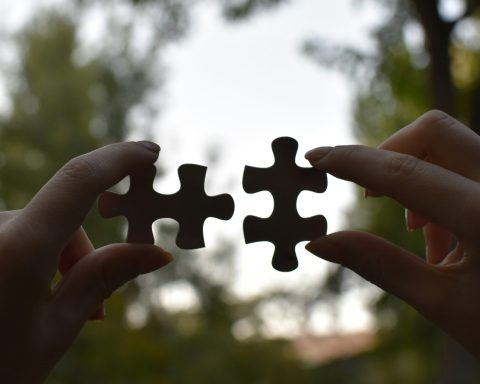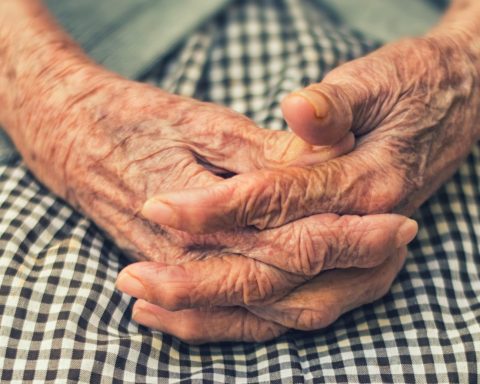 Hannah Milton is a GP, mum, and a runner.
Hannah Milton is a GP, mum, and a runner.
A recent consultation reminded me of a series of patients that I saw as a GP registrar that baffled me at the time. These patients seemed to ‘attract’ bad luck and it felt as though no matter how hard they tried to change their lives for the better, something would happen to set them back at every attempt. Back then, I didn’t quite believe everything about their stories as it seemed bizarre that each patient could have experienced unkindness from so many other people. They also seemed to present with multiple symptoms and not infrequently receive complex autoimmune diagnoses. It seemed unbelievable and unfair.
I have since learnt about the neuroscience of trauma and Adverse Childhood Experiences (ACEs) and how this can lead to what is termed ‘latent vulnerability’.1 This occurs when a person learns from a young age that it is dangerous to trust other people (either because of neglect or, because of physical, emotional, or sexual abuse) and they must learn to look for the early warning signs of danger. They often learn that the only person that they can rely on is themselves. This is highly protective as a child still living in a dangerous environment but is unnatural for healthy attachment development and can cause problems in more neutral or even safe environments. ‘Latent vulnerability’ refers to the higher risk of mental ill health in adult life. It is not inevitable that mental illness follows, and many of us will know people whose difficult experiences have led them to be highly resilient, but it has been shown to increase the risk.
Brains traumatised in early childhood become wired to detect anything that could possibly suggest danger.
Brains traumatised in early childhood become wired to detect anything that could possibly suggest danger. This can lead to misinterpretations and difficulties in relationships.2 An accidental bump in a queue, a raised voice, or a worried or puzzled look might make a traumatised person perceive a high risk of conflict or danger whereas a non-traumatised person may feel neutral. The traumatised person might barge someone back defensively or run away to ‘safety’. The normal “fracture-repair” cycle of human interaction that is so normal, can be impossible, and relationships can be cut off at the first disagreement or misunderstanding. To this person, it can feel safer to not bother with other people at all (social thinning) and never risk being harmed again.3 But this can mean that they are missing out on one of the most wonderful and fulfilling parts of life: relationships.
…the amygdala works like a reflex: protective if a car is about to hit you and you need to get out of the way, but less so if someone has shouted your name to get your attention.
Sometimes ‘trauma triggers’ can be very difficult to detect. It is not always an obvious cause or misinterpretation like an accidental shoulder barge, shouting or feeling excluded from a social situation. It could be a smell or a noise that reminds the person of an abusive situation. The person may not even be able to work out what caused their brain to detect ‘danger’, as the amygdala works like a reflex: protective if a car is about to hit you and you need to get out of the way, but less so if someone has shouted your name to get your attention.
I have found that understanding the complexities of the neuroscience has helped me to understand this previously baffling group of patients. Occasionally I have found reflecting this simplified explanation to patients can help them spot their brain switching into ‘danger’ detection and how this is affecting their relationships. However, neural networks formed in childhood take motivation, time and a lot of patience and understanding to re wire and so noticing and understanding this group of patients is only step one.
References
- Annual Research review: Childhood maltreatment, latent vulnerability and the shift to preventative psychiatry- the contribution of functional brain imaging. The Journal of Child Psychology and Psychiatry 2017 Apr 58(4) 338-357 https://acamh.onlinelibrary.wiley.com/doi/10.1111/jcpp.12713 [accessed 08/05/24]
- Child Maltreatment, Peer Victimisation and Mental Health: Neurocognitive Perspectives on the cycle of Victimisation. Trauma, Violence and Abuse 2023 Vol24(2) 530-548. https://journals.sagepub.com/doi/pdf/10.1177/15248380211036393 [accessed 08/05/24]
- https://uktraumacouncil.org/resources/childhood-trauma-and-the-brain [accessed 08/05/24]
Featured Photo by kilarov zaneit on Unsplash






